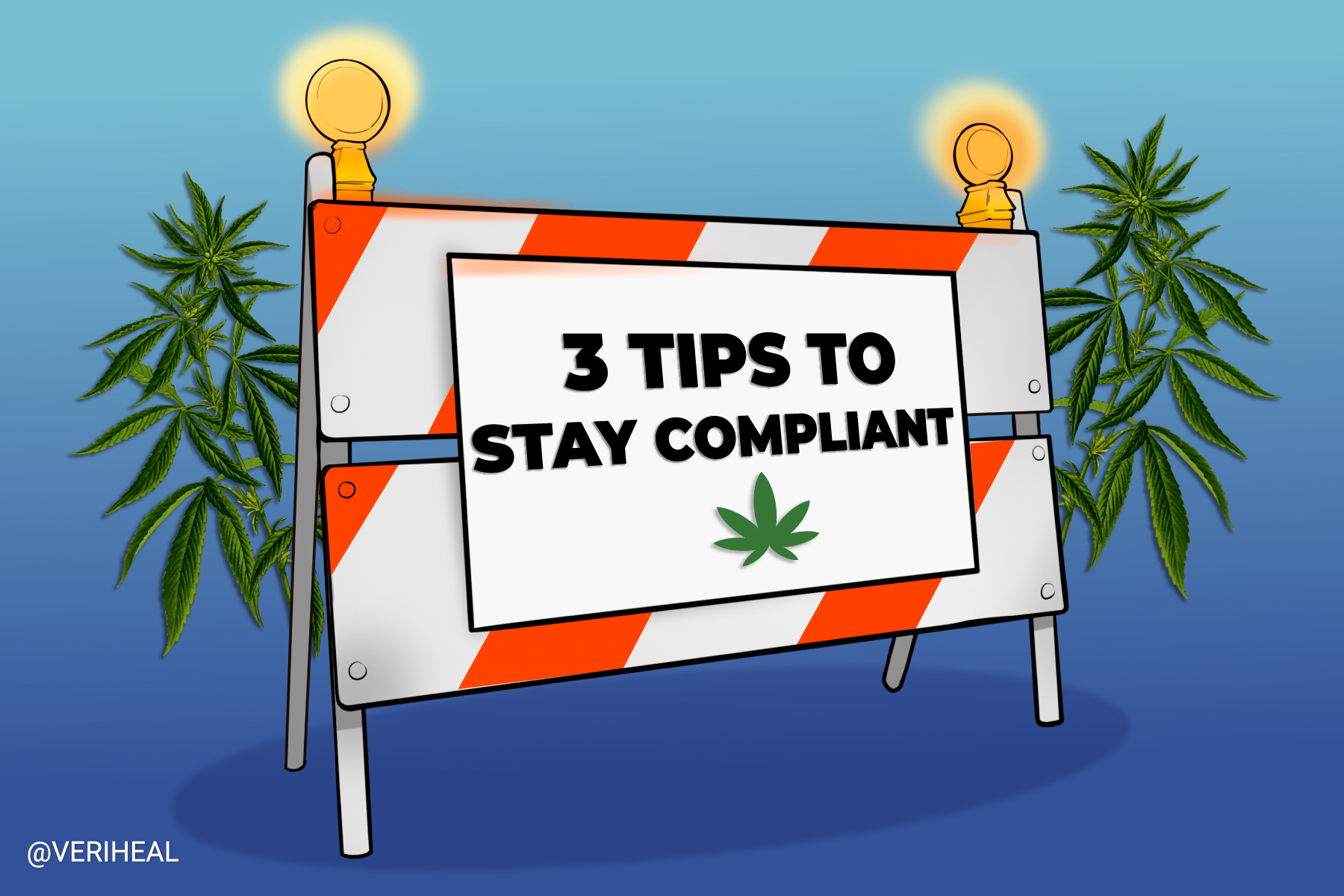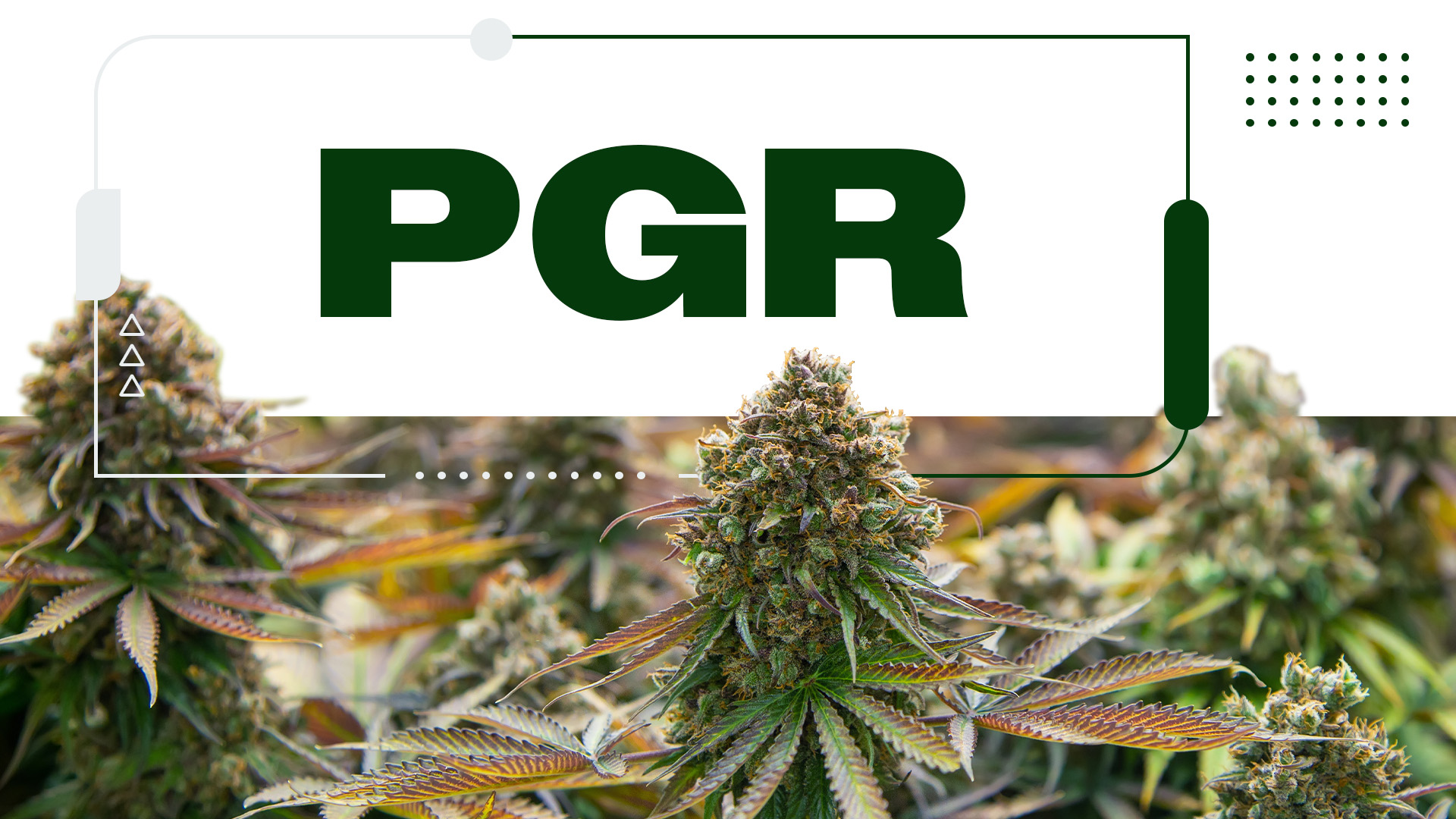No other industry on the planet has undergone rapid metamorphosis quite like the legal cannabis industry, which raked in $17.5 billion across the United States alone last year. Amid soaring global demand for the trichome-frosted plant, there is a pressing need for compliant cultivation practices.
According to Grand View Research, the worldwide cannabis cultivation market size was valued at USD $123.9 billion in 2019 and is anticipated to inflate at a compound annual growth rate (CAGR) of 14.3% between the years 2020 and 2027. In particular, the United States boasts a highly competitive cannabis cultivation market.
Nevada had the highest number of cannabis cultivation licensees in the United States in 2019 when almost 6,000 cannabis cultivators were licensed to grow cannabis for sale in the legal market. Comparatively, the state of California—which constitutes the largest cannabis market in the United States—registered approximately 2,681 licensed cannabis cultivators during the same year.
With continuous updates being made to cannabis cultivation guidelines and regulations, it’s not uncommon for both experienced and inexperienced growers to feel somewhat perplexed about operational compliance. After all, just as cannabis dispensary and retail store owners are forced to abide by specific legal requirements, grow site and cultivation facility owners are also bound to a strict set of rules!
Wherever your cannabis cultivation site is based, it’s imperative that you maintain compliance with the following tips for avoiding regulatory failure:
1. Get Well-Versed on Regulatory Compliance Laws
So long as you understand state-specific regulations regarding cannabis cultivation compliance, you can feel confident about avoiding legal repercussions. Making yourself aware of the rules for each stage of the cultivation process will ensure that the discussions you have with regulators, law-enforcement officials, and lawyers are as straightforward as possible.
New industries like cannabis depend on proper education and overall clarity in terms of what is allowed and what is not. The better prepared you are, the lower the chances of being faced with an unexpected legal battle. However, it’s important to understand that licensing requirements differ depending on the state in which cannabis is cultivated.
Some of the most common types of cannabis cultivation licenses include:
Why You Should Get Your Medical Marijuana Card
Veriheal has satisfied millions of patients nationwide by giving them access to these benefits
- Larger purchase limits
- Peace of mind
- Enhanced legal protection
- Access to higher potency strains
- Save up to 25% on cannabis purchases
- Skip the line at the dispensary
- Specialty Small Cultivation
- Small Cultivation
- Medium Cultivation
- Nursery Cultivation
- Manufacturer 1 (Non-volatile Solvents)
- Manufacturer 2 (Volatile Solvents)
- Testing Laboratory
- Dispensary
- Distribution
- Transporter
Not only is it important for growers to select the right type of license but also, to know when permits must be renewed. Failure to renew expired or illegitimate permits could result in facility closure and penalties. The National Cannabis Industry Association (NCIA) website is a reliable resource for assessing the nuanced legalities associated with cultivation documentation and licensing.
Once you’ve brushed up on cannabis cultivation compliance laws, you can make extra efforts to safeguard your business (and the people who consume your finished product) with nonregulatory/R&D testing. Testing of this kind ensures that your finished product is free from harmful contaminants and pesticides, as well as provides you with an accurate insight into plant composition; e.g. cannabinoid, terpenoid, and flavonoid content.
2. Grow Cannabis Inside a Facility with an Efficient Design
The importance of growing cannabis inside a suitable facility cannot be stressed enough. One of the biggest threats faced during the cultivation stage is cross-contamination, which is a common occurrence among growers who operate from an inefficient facility.
On that note, make sure your facility has ample storage, is properly sanitized, and is secured with the necessary camera surveillance systems, alarms, and commercial locks. You can also minimize the chances of cross-contamination by limiting foot traffic between potentially contaminated and sterile areas.
Remember to prepare for an unexpected inspection, too. The top OSHA violations for cannabis businesses are associated with fire prevention plans, proper personal protective equipment (PPE) for employees, hazard communication preparation, sanitation, and signage.
3. Devise Standard Operating Procedures (SOPs)
Taking precautionary measures could help you to steer clear of legal accusations. Regulatory compliance demands a defensive attitude, which is why you should set aside some time to sit down and compose a list of standard operating procedures (SOPs).
In simple terms, standard operating procedures (SOPs) are documented instructions that growers ought to abide by if they are to remain consistent in their cultivation practices. Listed below are some SOP elements that should be considered for proper cannabis cultivation compliance:
- Enforce Sanitation and Storage Procedures – The “Current Good Manufacturing Practice in Manufacturing, Packing, or Holding Human Food (CGMP)”—otherwise known as “21 CFR Part 110”—is a section of the federal code that, according to the majority of state cannabis regulations, must be abided by for business compliance. Be sure to train your employees on each element contained in 21 CFR Part 110, such as the handling and storage of consumables, as well as the sanitation of your cultivation premises.
- Chemical and Pesticide Usage Regulations – Another tip for avoiding regulatory failure is to follow an Integrated Pest Management procedure (IPM). An IPM—which could safeguard you from legal allegations—comprises a handful of common-sense practices, such as monitoring plants for pests, integrating control methods, implementing action thresholds, and recording all results.
- Comprehensive Inventory Management – Your cultivation business must account for every single seed, plant, gram, clone, and unit of cannabis, so why not utilize a seed-to-sale tracking system for inventory management purposes? Seed-to-sale tracking is a rigorous inventory control system required by every state that regulates cannabis. Inventory management also encompasses record-keeping for inventory control, surveillance, licensing applications, transactions, employees, and pesticide applications. With daily inventory audits, you can effectively handle discrepancies immediately.
Cannabis cultivation compliance is a major responsibility that all business owners are obliged to fulfill. Failure to do so could put a business’ reputation and lifeline at risk. Since compliance rules are being amended on a regular basis, keeping up can be tricky. Nonetheless, the ever-changing landscape should not deter you from capitalizing on the flourishing cannabis cultivation market! If you want to avoid careless mistakes, conduct thorough research and consult with industry experts ahead of kick-starting your cultivation operation.
Author, Share & Comments















